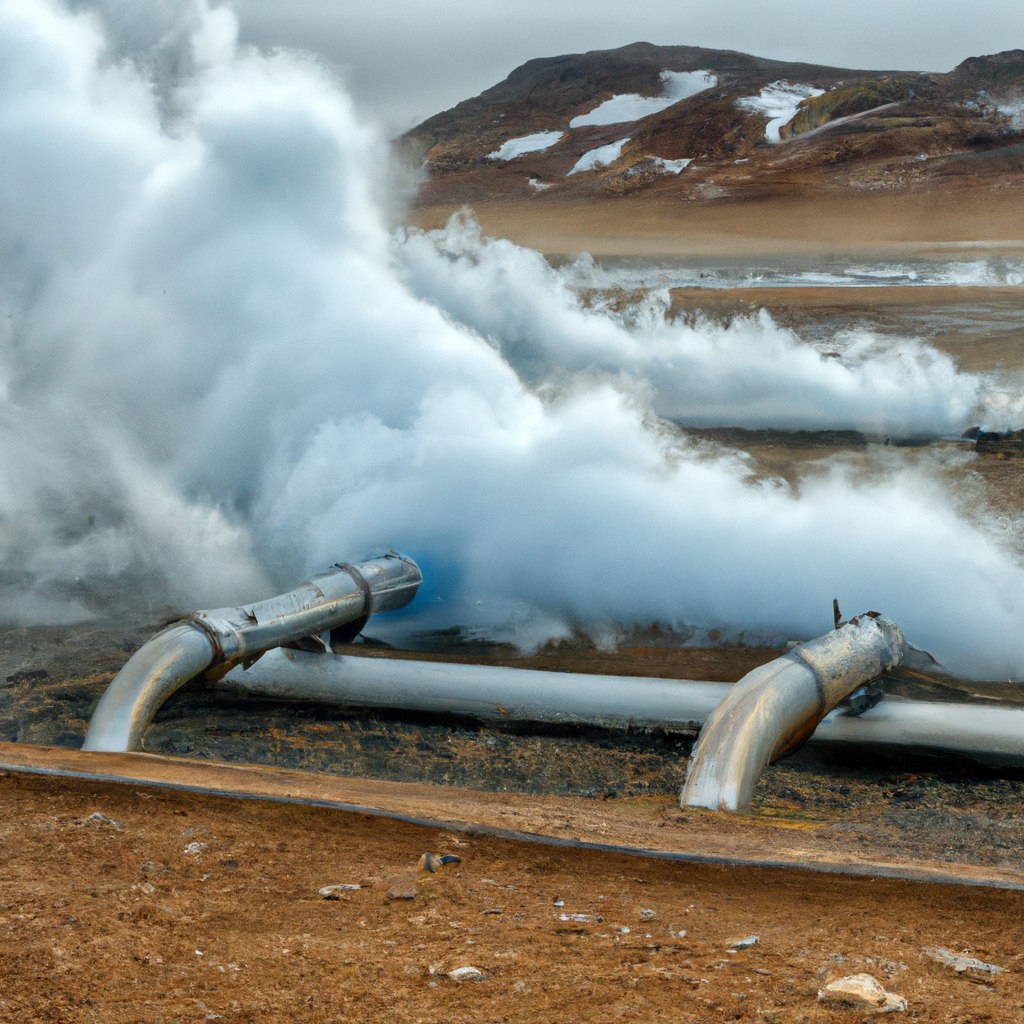
The Government has officially approved a massive investment plan, costing billions of euros, to expand power interconnectors connecting Ireland with mainland Europe and the UK. The primary goal of this ambitious project is to transform Ireland into a major exporter of renewable energy.
The Cabinet gave its seal of approval to this plan on Tuesday, aiming to capitalize on Ireland’s potential for renewable electricity, particularly from offshore wind sources, post-2030. Additionally, this move seeks to address immediate concerns regarding energy security, as Ireland currently heavily relies on imported fossil fuels.
The proposed strategy involves the construction of interconnectors with several countries, namely France, Spain, Britain, and either Belgium or the Netherlands. This extensive network complements the ongoing €1.6 billion Celtic Interconnector project, linking Co Cork to Brittany, which is set to commence construction shortly and be operational by 2027. Additionally, there’s the Greenlink project connecting Co Wexford to Pembroke in Wales, scheduled to become operational next year.
The envisioned expansion brings the promising possibility of reduced energy costs for households. However, to make this a reality, Ireland may also need to purchase some nuclear-generated electricity from France. The direction of energy flow will be determined by the prevailing market with the lower energy prices at any given time.
The approved multibillion-euro project will pave the way for Ireland to tap into its renewable energy potential, secure its energy needs, and foster greater cooperation in the region while providing cost benefits to consumers.
Minister for the Environment, Eamon Ryan, expressed his delight over the Cabinet’s approval of the policy statement, which aims to position Ireland as a central figure in Europe’s energy future.
According to Mr. Ryan, electricity interconnectors play a crucial role in facilitating the exchange of electricity between countries. The proposed new interconnection developments, aligned with Ireland’s growing renewable energy sector, have the potential to transform the nation into a net exporter of electricity.
Interconnectors serve to balance electricity supply and demand across borders, providing a valuable backup power supply when power systems face reduced capacity. Additionally, they offer the advantage of increased energy imports during times of adverse shocks, which can occur during extreme weather events.
Among the key aspects of the new policy is the commitment to supporting a further connection to the UK by 2030, with plans for another connection to follow later on.
In a separate development, the Cabinet also approved a draft memorandum of understanding on energy with the UK, signaling a positive step towards enhanced energy cooperation between the two nations.
The approved statement makes a firm commitment to developing an offshore transmission strategy and exploring the potential of multipurpose interconnectors (MPIs) to maximize export opportunities and facilitate the growth of offshore renewable energy.
MPIs refer to subsea electricity cables that not only connect countries to neighboring markets but also link offshore generation to the shore.
Minister Eamon Ryan emphasized that increasing electricity interconnection will be a vital factor in expanding the use of renewable energy in Ireland. Furthermore, it will play a crucial role in the country’s journey towards becoming a net energy exporter, solidifying Ireland’s significance in broader European energy plans.
Currently, the island of Ireland has two interconnectors with Britain – the East-West Interconnector from Rush in Co. Dublin to Shotton in Wales, and the Moyle Interconnector connecting Northern Ireland and Scotland. The interconnection capacity of the Republic stands at 500 megawatts (MW) but is anticipated to more than triple by 2026, reaching 1,700 MW.
The offshore transmission strategy will aim to provide certainty for investors, and the policy statement remains “technology agnostic,” assessing emerging proven technologies, including the possibility of a pan-European supergrid.
EirGrid will continue to have a central role in grid development and design, with opportunities for commercial projects as well. Planning for new interconnectors will be coordinated alongside the development of offshore renewable energy projects, including inputs into proposed designated maritime area plans (DMAPs) under recently enacted marine legislation.
Additionally, further interconnection will be explored to support the export of renewable electricity, particularly in the context of other uses like green hydrogen.
Minister Ryan reiterated the importance of electricity interconnection in driving renewable energy adoption and positioning Ireland as a key player in the European energy landscape. The integrated forward planning approach outlined in the policy statement will align with offshore renewable energy planning, ensuring the necessary infrastructure to achieve Ireland’s energy ambitions.
As part of the memorandum, the first provision aims to foster increased high-level cooperation and information sharing between Ireland and the UK, specifically focusing on the energy transition and the deployment of onshore and offshore renewable energy, including renewable/low-carbon hydrogen.
The second provision of the memorandum seeks to enhance cooperation to explore further interconnection opportunities between the island of Ireland and the UK, including offshore hybrid asset projects. These projects could involve offshore wind farms, offshore energy islands, and hybrid/multipurpose electricity interconnection.

